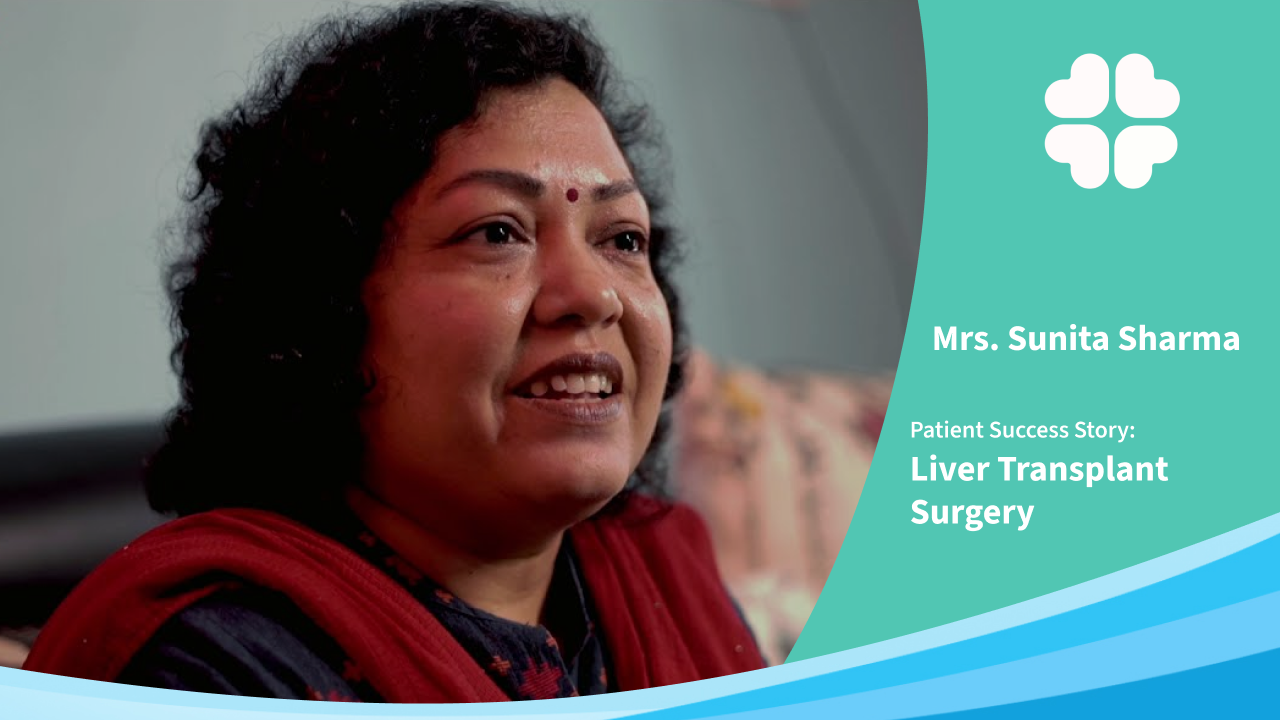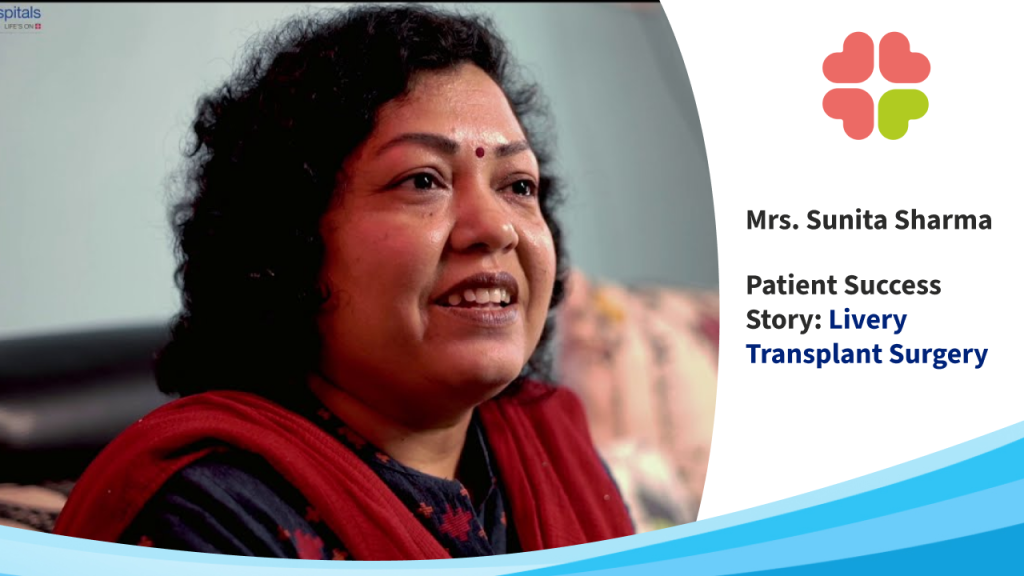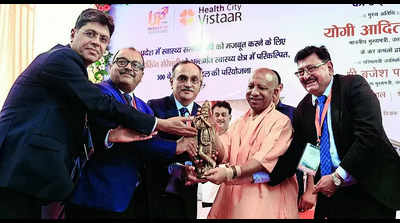Advancements in Vision Care

mds | 10 October 2024
In recent years, vision care has witnessed groundbreaking innovations that are revolutionizing how we see and protect our eyes. From AI-driven diagnostic tools to cutting-edge treatments, the future of eye health has never looked brighter.

VR-based programs are being used to engage patients in interactive exercises that improve visual acuity and coordination in a fun, immersive way.
1. AI and Machine Learning in Eye Diagnostics
Artificial intelligence is transforming eye care by enabling early detection of vision issues. AI algorithms can now accurately analyze retinal images, identifying signs of diseases like glaucoma, macular degeneration, and diabetic retinopathy, often before symptoms appear.
Artificial intelligence is transforming eye care by enabling early detection of vision issues. AI algorithms can now accurately analyze retinal images, identifying signs of diseases like glaucoma, macular degeneration, and diabetic retinopathy, often before symptoms appear.
Artificial intelligence is transforming eye care by enabling early detection of vision issues. AI algorithms can now accurately analyze retinal images, identifying signs of diseases like glaucoma, macular degeneration, and diabetic retinopathy, often before symptoms appear.
Artificial intelligence is transforming eye care by enabling early detection of vision issues. AI algorithms can now accurately analyze retinal images, identifying signs of diseases like glaucoma, macular degeneration, and diabetic retinopathy, often before symptoms appear.
- ABC
- DEF
- GHI
- AI-Powered Diagnostics: Revolutionizing early detection of eye diseases with precision.
- AI-Powered Diagnostics: Revolutionizing early detection of eye diseases with precision.
- AI-Powered Diagnostics: Revolutionizing early detection of eye diseases with precision.
- AI-Powered Diagnostics: Revolutionizing early detection of eye diseases with precision.
Revolutionizing early detection of eye diseases with precision.
Dr HCV
2. Gene Therapy for Eye Diseases
Gene therapy is emerging as a promising treatment for hereditary eye conditions. Scientists are now able to modify genetic material to restore vision in individuals with inherited retinal diseases. This breakthrough holds the potential to reverse blindness in patients who previously had no treatment options.
23. Smart Contact Lenses
Smart lenses are no longer science fiction. Researchers are developing contact lenses with built-in sensors that monitor glucose levels for diabetic patients and even enhance night vision. These lenses could eventually become mainstream, offering a new level of convenience and eye care.
4. Robotic-Assisted Eye Surgery
Robotic technology has made eye surgeries more precise and less invasive. Robotic-assisted cataract surgeries are becoming more common, reducing recovery time and improving outcomes for patients. This technology ensures greater accuracy, particularly in delicate procedures like retinal surgery.
5. Blue Light Blocking Technology
With the rise of digital screens in our daily lives, protecting eyes from blue light has become a priority. Blue light-blocking lenses and screen filters are now widely available to reduce eye strain and the risk of long-term damage caused by prolonged exposure to digital devices.
6. Advances in LASIK and Refractive Surgery
The latest LASIK technology is more accurate and safer than ever before. Custom LASIK procedures tailored to each individual’s unique eye characteristics are delivering better outcomes with fewer complications, offering clearer vision for millions of patients worldwide.
7. Virtual Reality and Vision Therapy
Virtual reality (VR) is finding its place in vision therapy, helping to treat amblyopia (lazy eye) and other binocular vision disorders. VR-based programs are being used to engage patients in interactive exercises that improve visual acuity and coordination in a fun, immersive way.



Conclusion
The future of vision care is filled with innovation, bringing us closer to preventing and treating eye diseases in ways previously thought impossible. As technology continues to evolve, so does the potential to protect and restore the gift of sight for millions around the globe.



